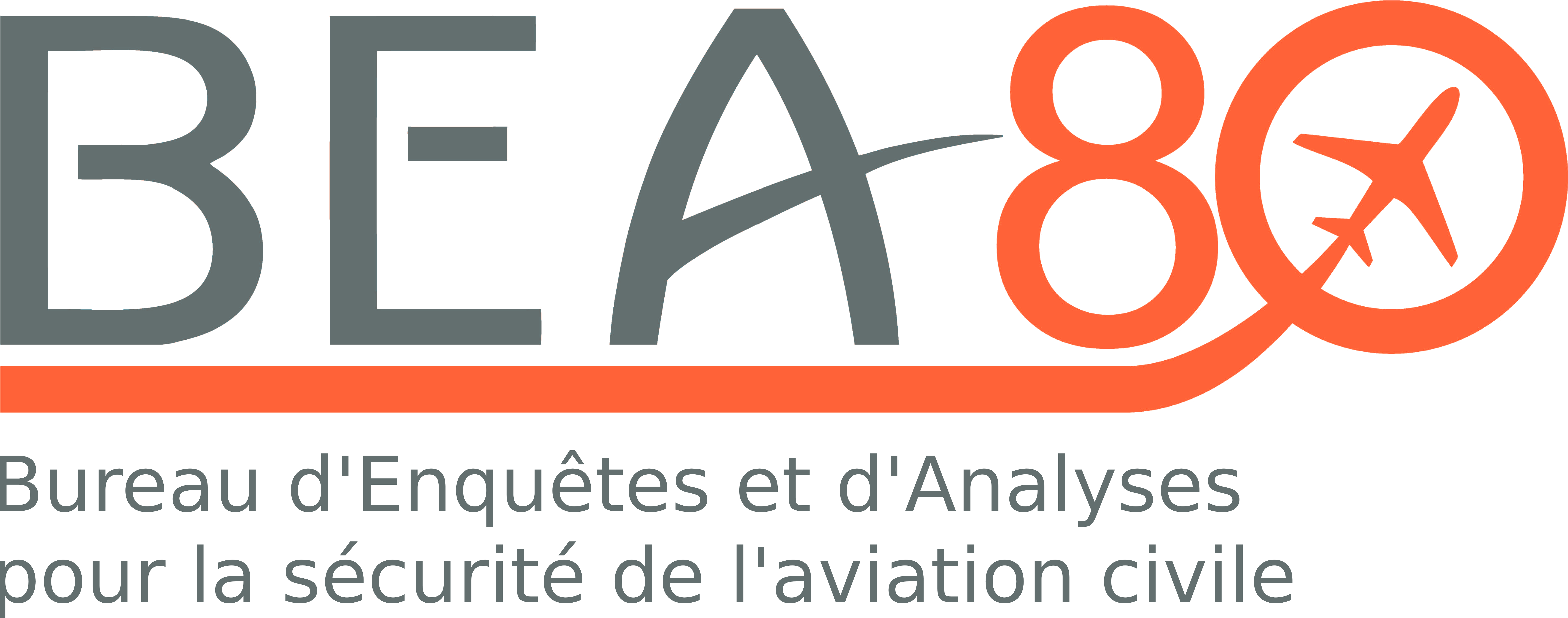Serious accident to a ATR 72-212A registered F-OIQN on 01/12/2013 at Tahiti Faa'a (French Polynesia)
Feu du moteur n° 2 lors de la montée initiale, demi-tour, atterrissage et évacuation d'urgence
1 - HISTORY OF FLIGHT
The crew was performing a flight between Tahiti Faa’a Airport and Raiatea aerodrome (French Polynesia).
During the takeoff roll after the engine power-up, the interstage turbine temperature (ITT) and fuel flow (FF) values on the two engines showed some differences. The copilot did not notice them and called out “takeoff power checked“ at about 45 kt. The ITT on engine n° 2(1) then exceeded 765 °C(2) while the torque on engine n° 2 increased, then fluctuated. Two seconds after the “70 knots“ callout by the copilot, the ITT on engine n° 2 exceeded 800 °C for three seconds, theoretically triggering illumination of the amber light on the ITT display (see figure 1) during this time.
The crew did not detect these anomalies and continued the takeoff.
At an altitude of 500 ft, the ENG OIL(3) warning appeared. The captain called out “continue“(4). The copilot read this back.
At an altitude of 750 ft, the ENG FIRE(5) warning appeared. The crew applied from memory the “ENG FIRE on takeoff” procedure to engine n° 2: they shut down the engine and pulled the fire handle. The copilot declared an emergency situation and asked for landing priority on runway 04. The crew began to turn back. Ten seconds later, the fire handle having remained illuminated, the crew fired the n° 1 fire extinguisher. Thirty seconds after pulling the fire handle, the latter remained illuminated so the
crew fired the n° 2 fire extinguisher. The fire handle remained lit.
The Captain warned the cabin crew of the presence of a fire warning on engine n° 2 and asked for confirmation of the presence of any flames. The cabin crew said they saw some flames.
The crew then carried out the “ENG FIRE or serious mechanical damage in flight” check?list and decided not to carry out the “one-engine flight” procedure item. However, they calculated the landing conditions in N-1.
The Captain announced on the radio that “there is an engine fire warning that has not been controlled“, stated that he was going to stop on the runway and asked for a rescue and fire-fighting service intervention.
After the aeroplane stopped on the runway, the copilot called out that the fire was not under control. The crew proceeded to shut down engine n° 1. The firefighters worked on engine n° 2. After having detected the presence of a fire, they asked the crew to start evacuating the passengers via the left side.
The crew ordered an emergency evacuation and the passengers evacuated without incident.
3.3 Conclusion
A PT1 or PT2 blade from engine n° 2 probably failed during the takeoff roll, leading to abnormal variations in the engine parameters then a fire during the initial climb. The fire resulted from the failure of the lubrication system caused by significant vibrations
that followed the blade failure.
The investigation was not able to determine the cause of this failure. However, in-service experience shows that PT1 blade failures are caused by a production defect that inspection procedures found it hard to detect and eliminate both during production and during maintenance operations. In-service experience indicates that a fire following such a failure has only occurred in a takeoff or landing situation.
The engine instruments displays during takeoff could have alerted the crew to the presence of an anomaly before V1.
(1)Right engine.
(2)Corresponding to the end of the green arc.
(3)Repeated aural warning, MASTER WARNING red flashing warning light and ENG OIL red warning light on the CAP (Crew Alerting Panel).
(4)The acceleration altitude is 500 ft.
(5)Repeated aural warning, MASTER WARNING red flashing warning light and ENG FIRE 2 red warning light, associated fire handle in red, FUEL SO indication illuminated in red on the associated propeller control.
